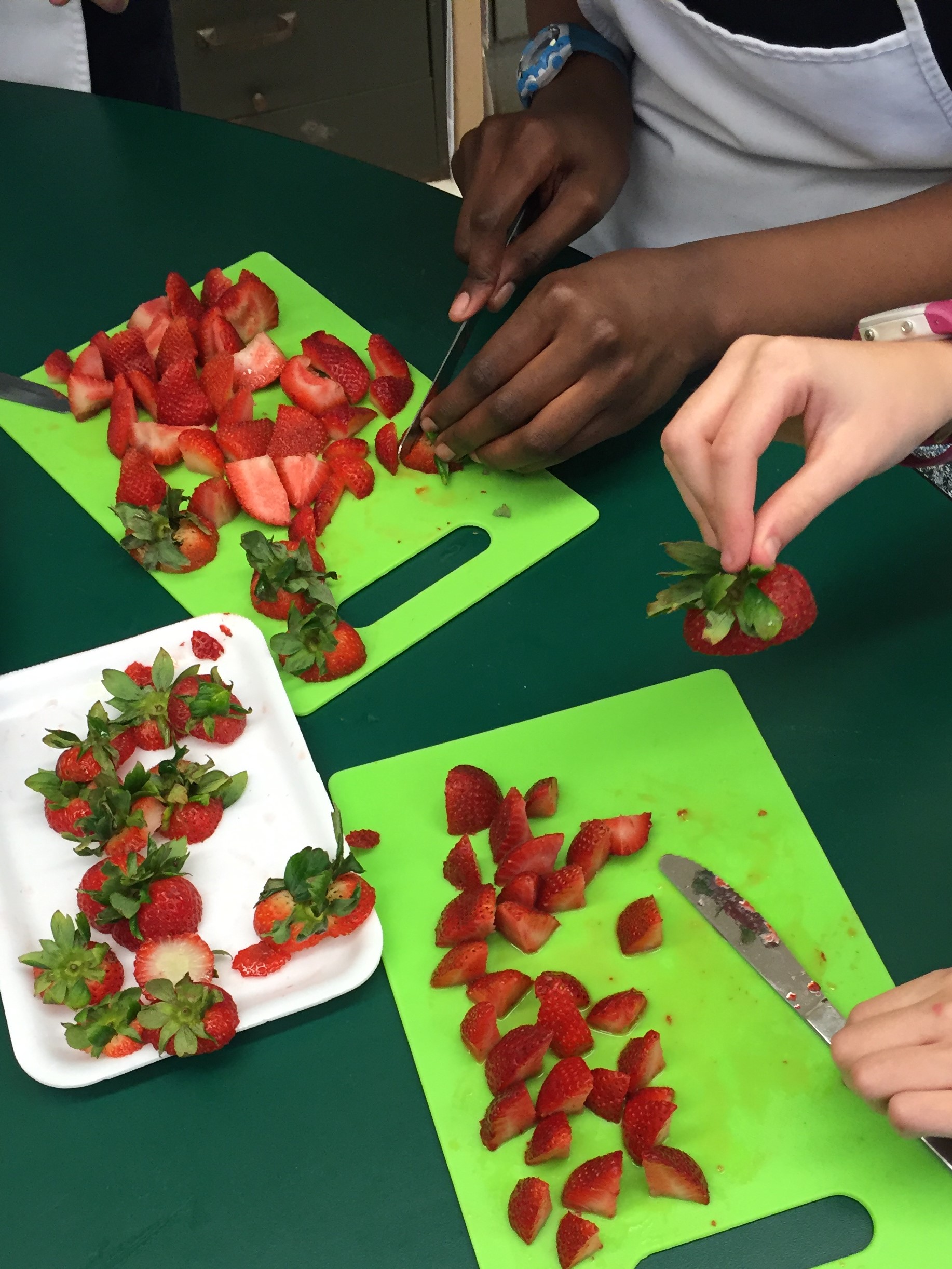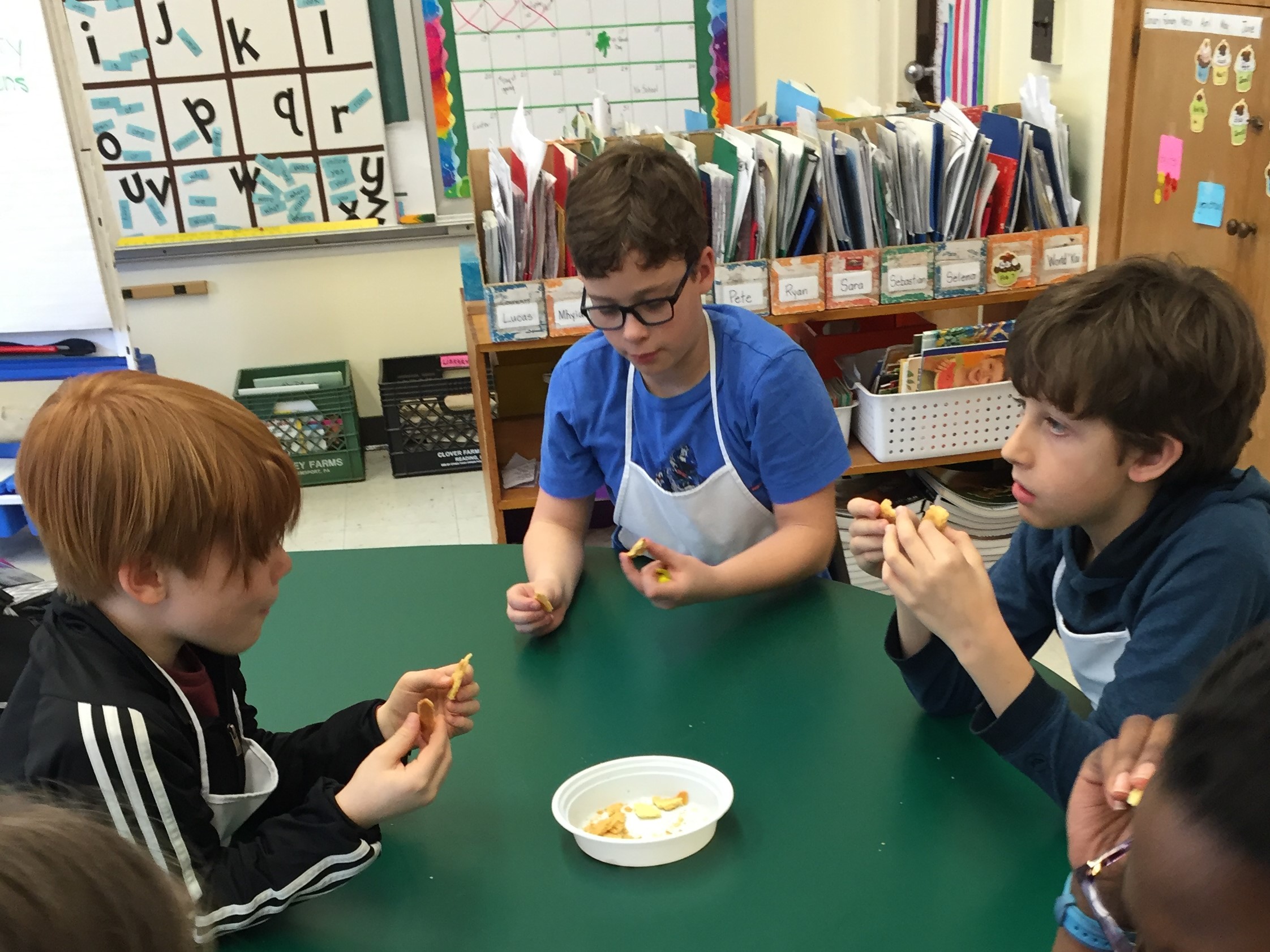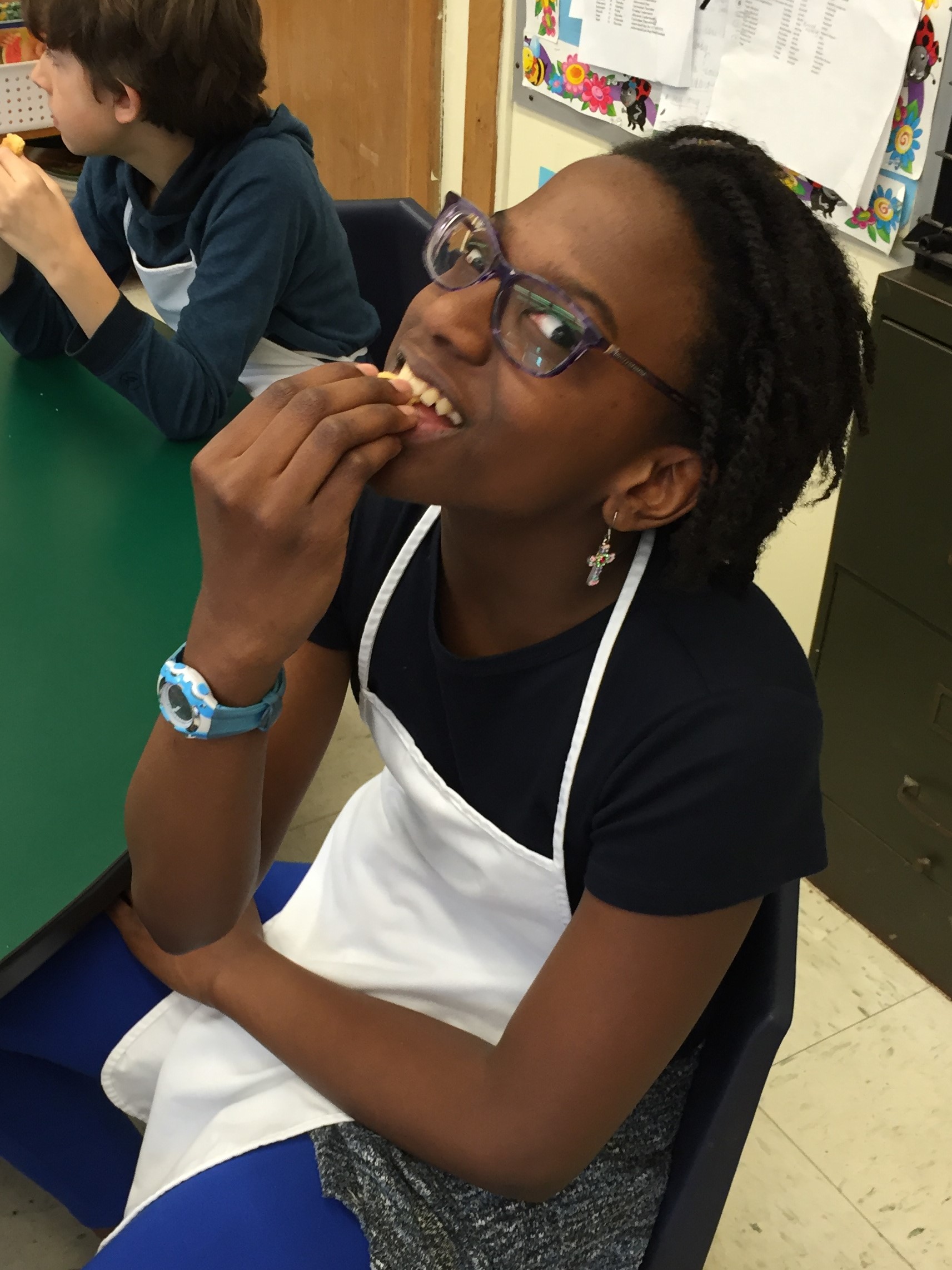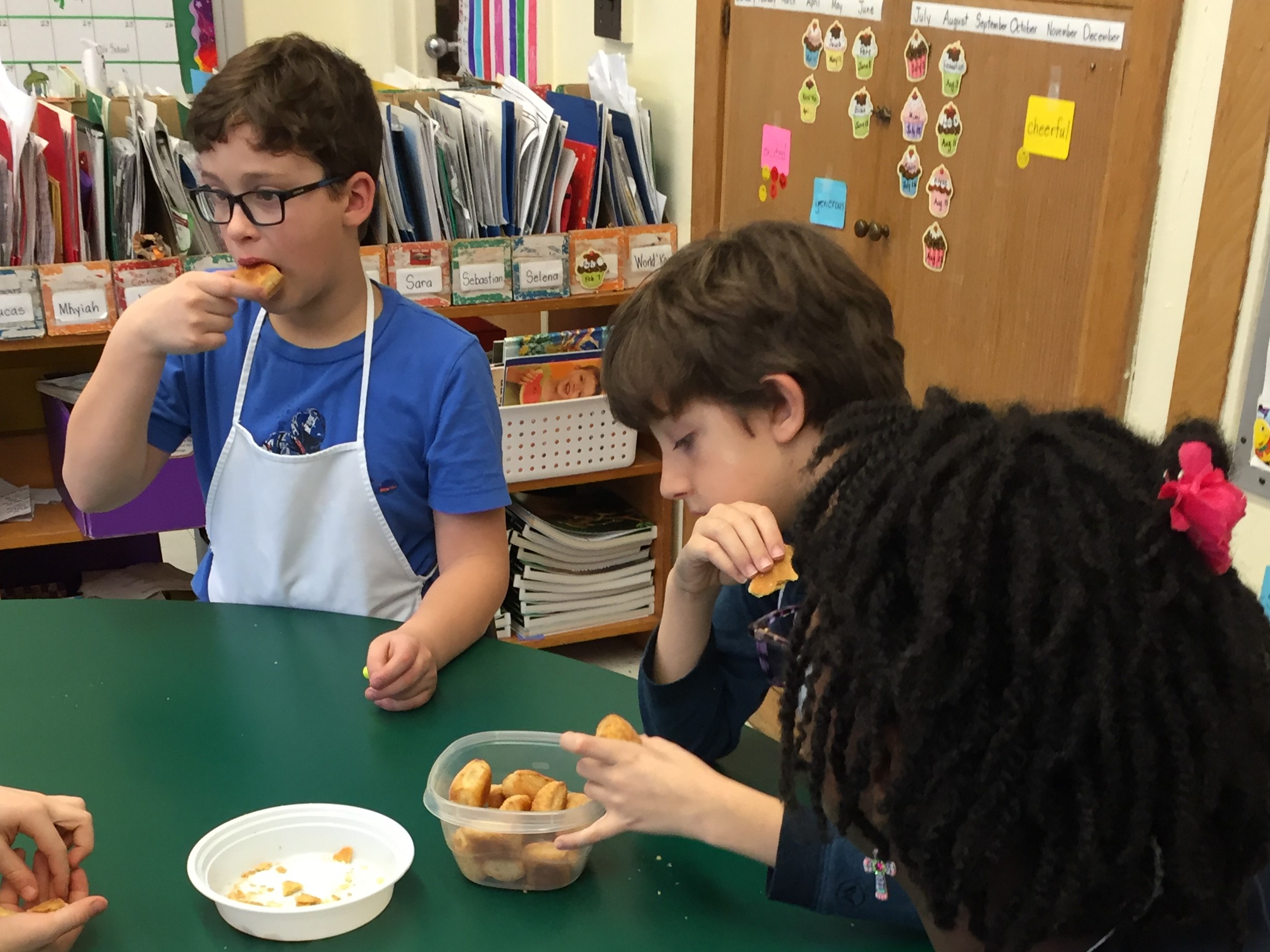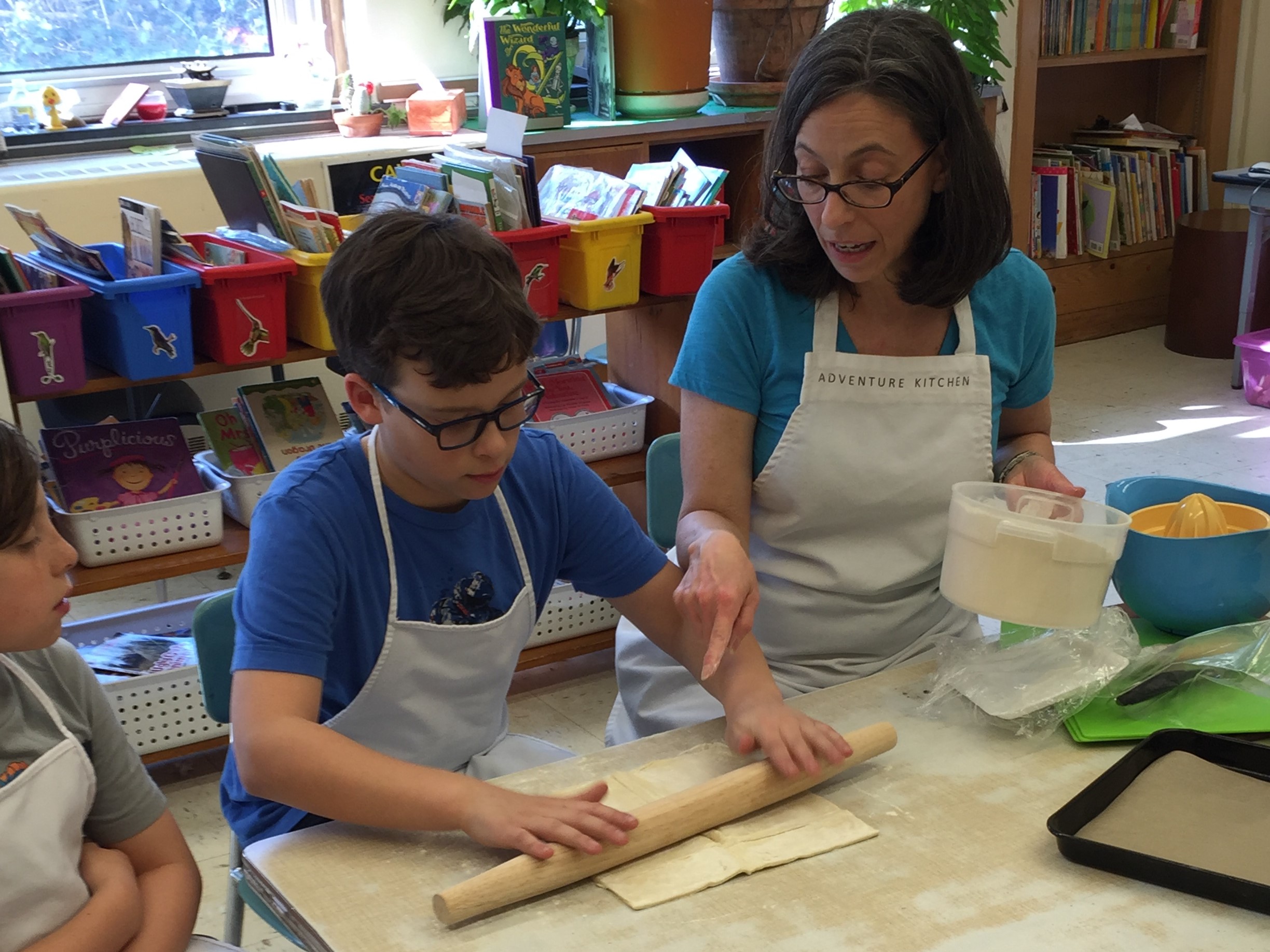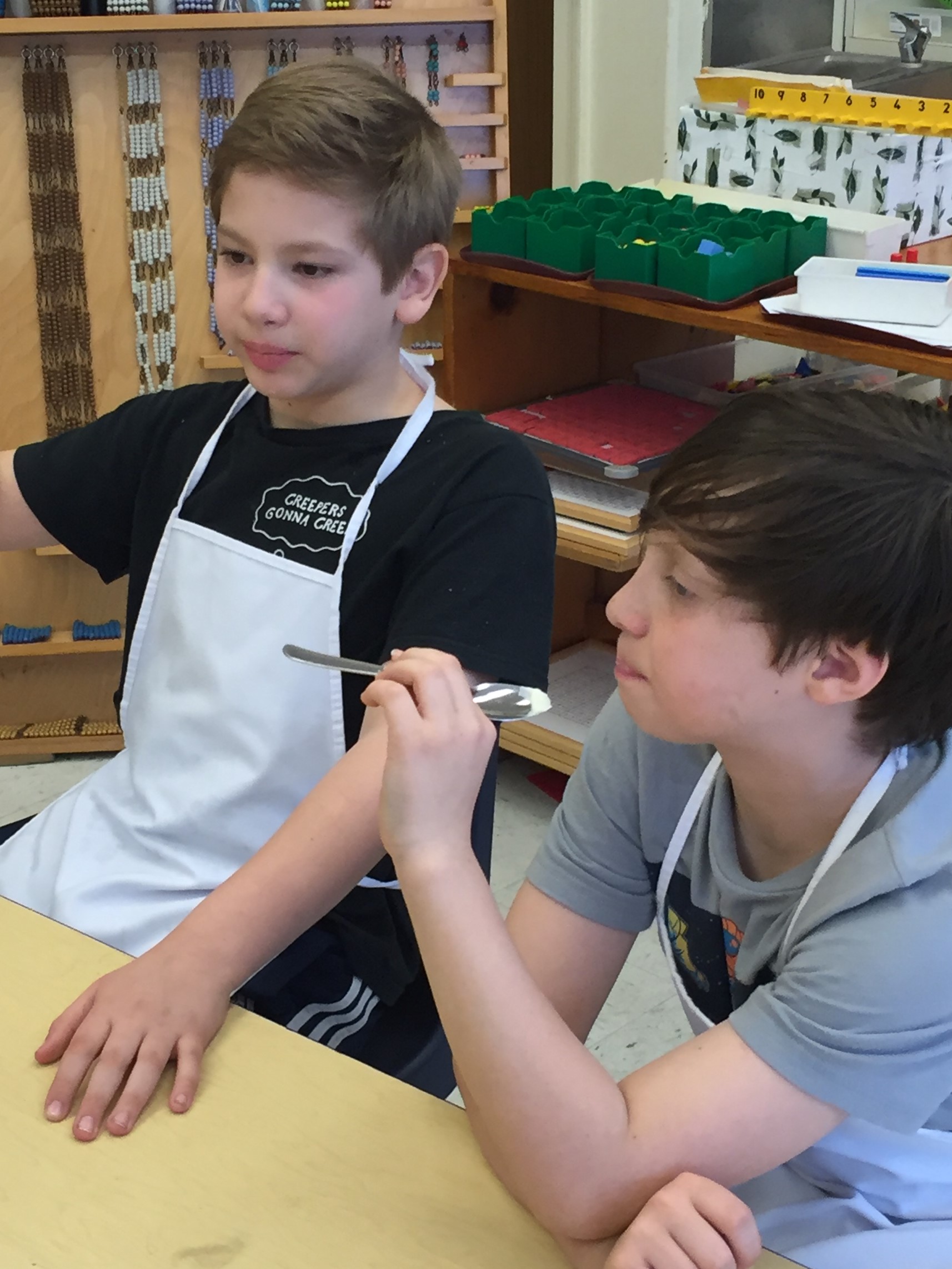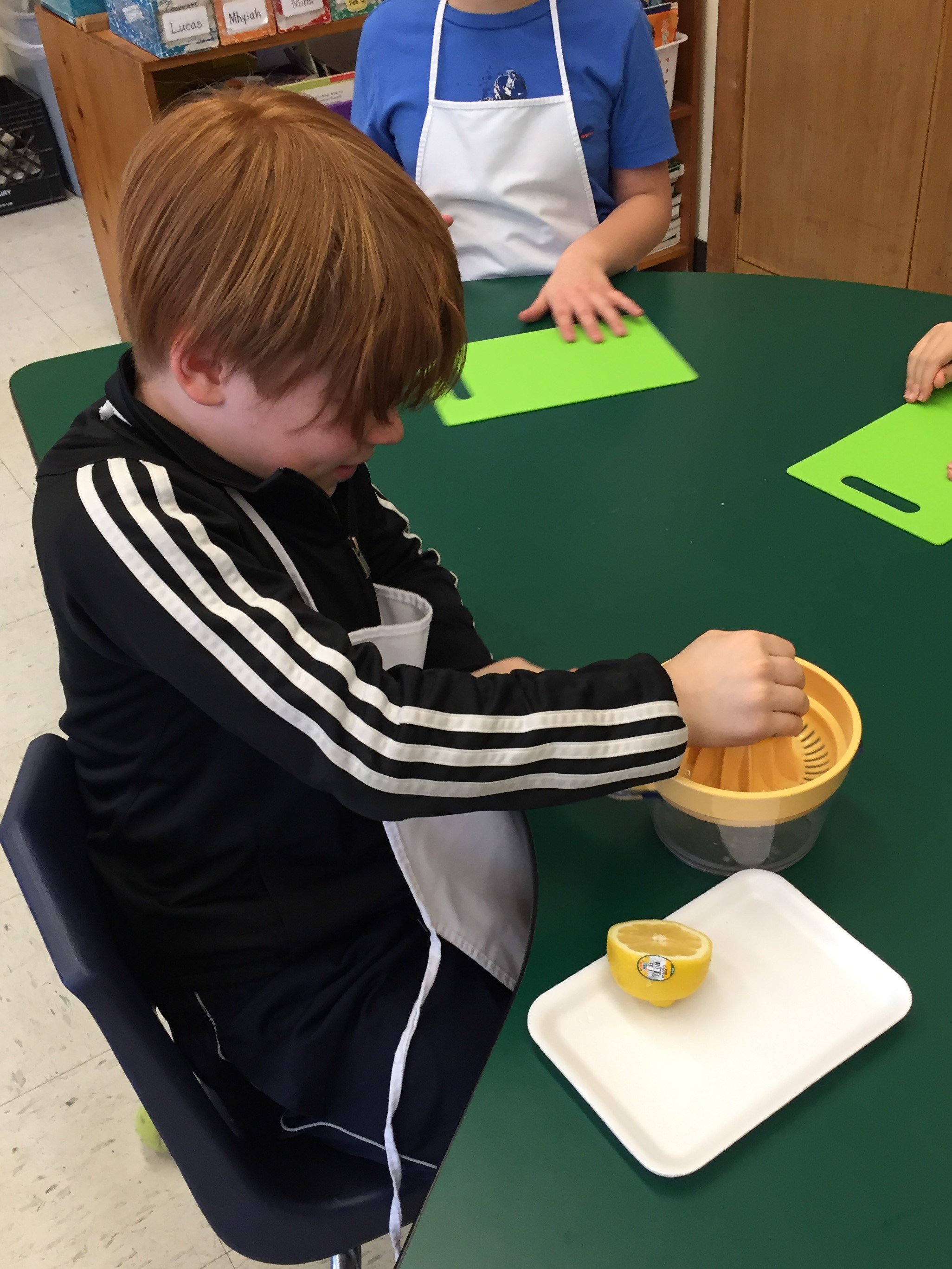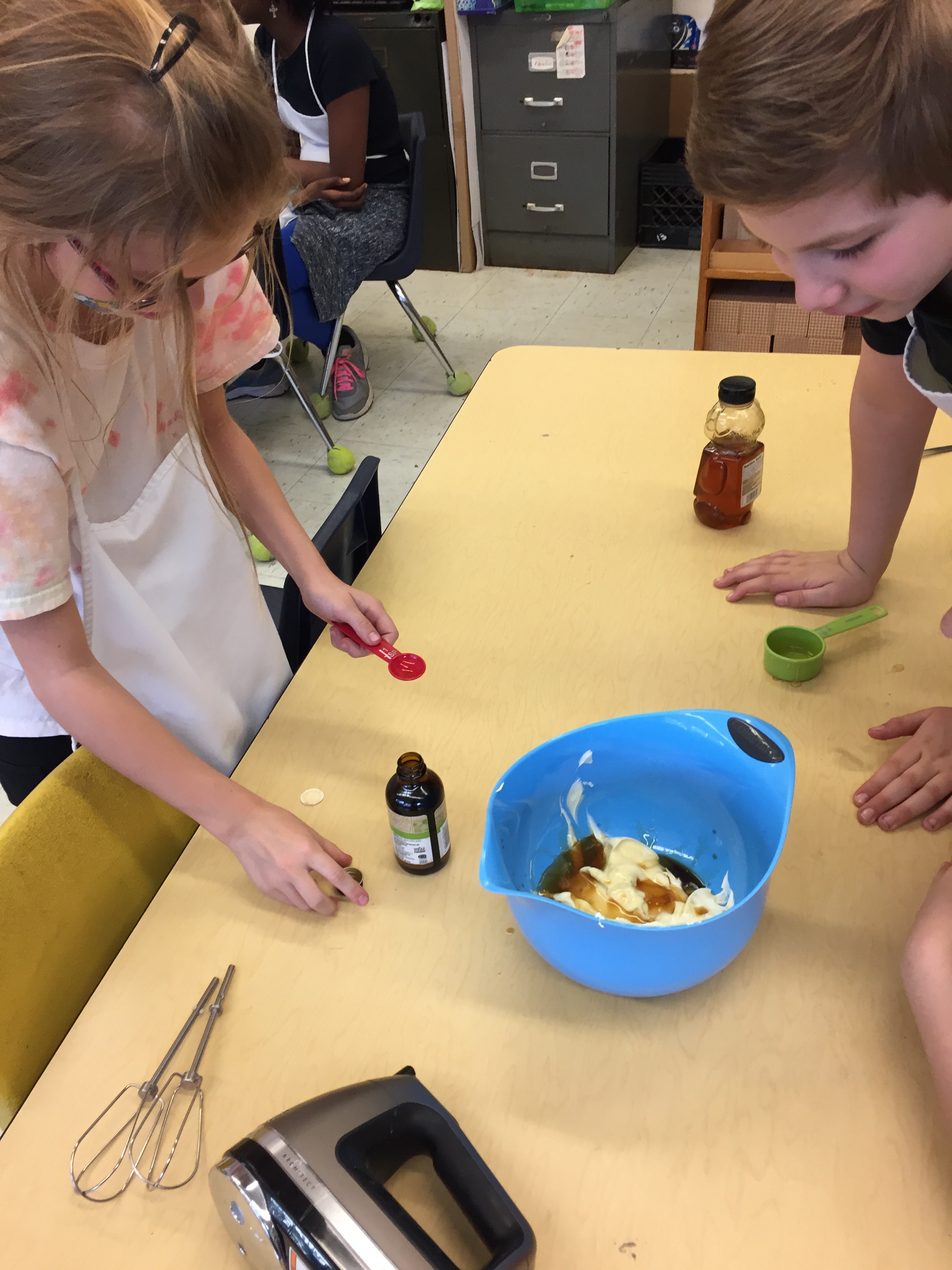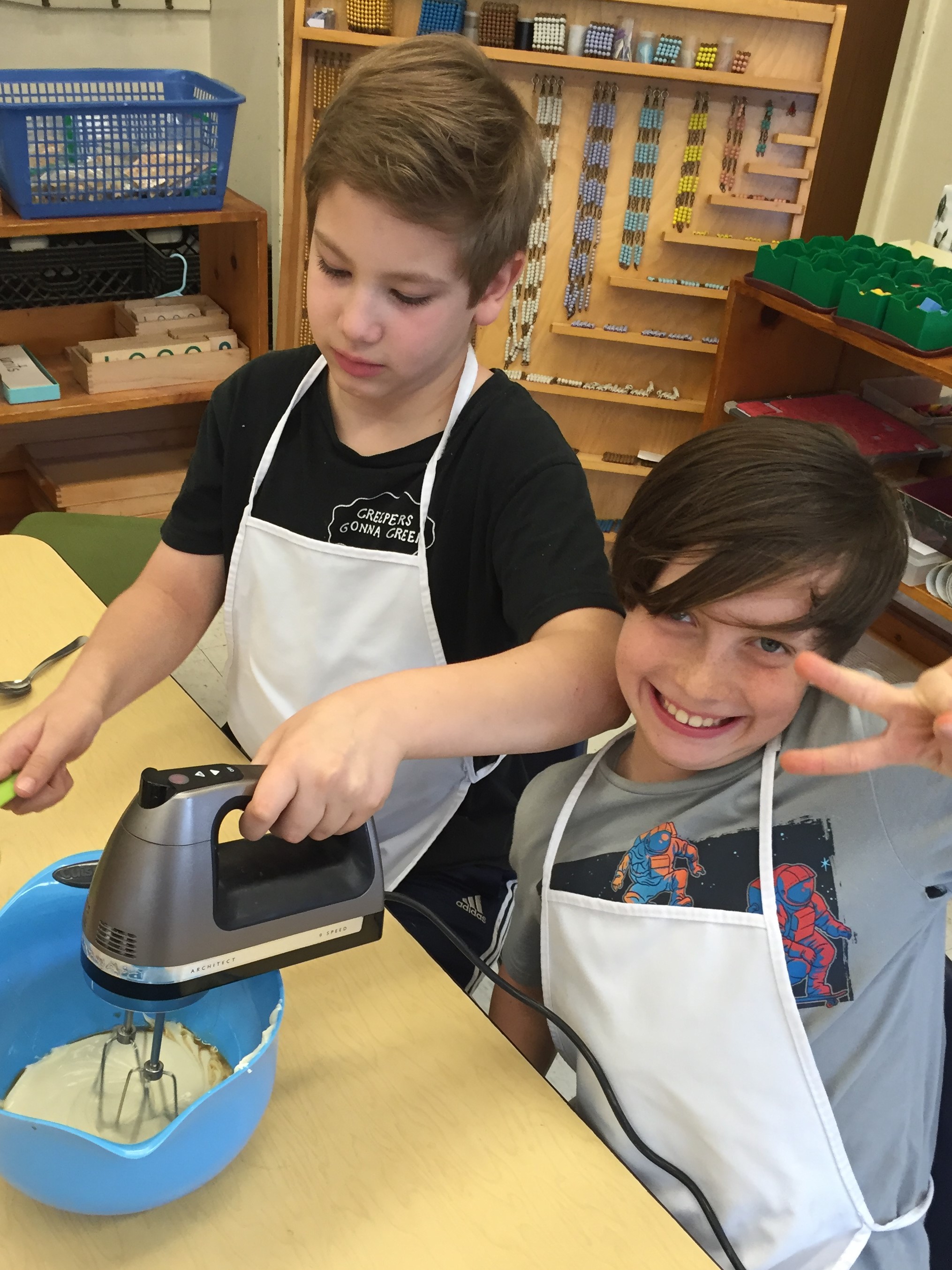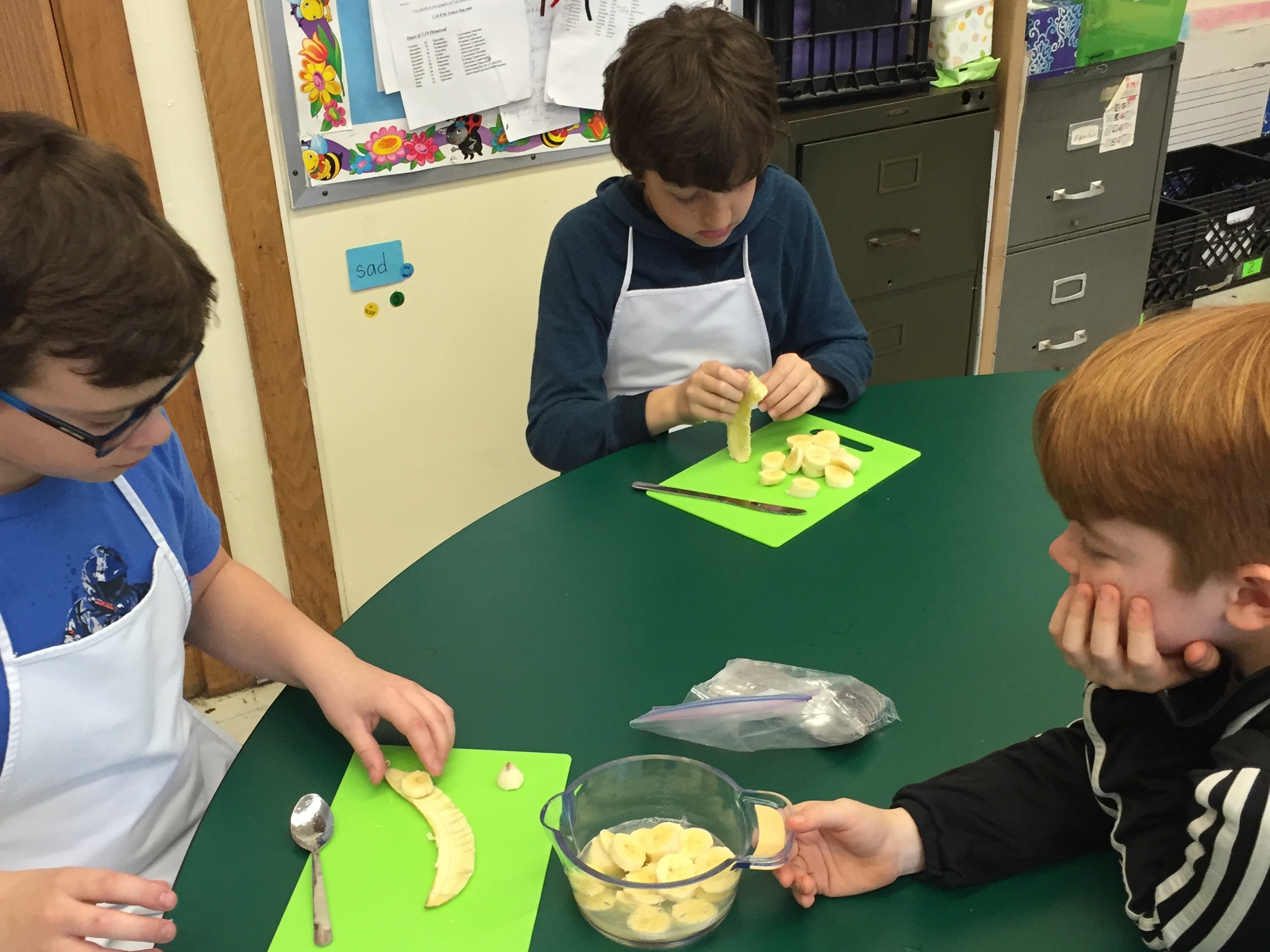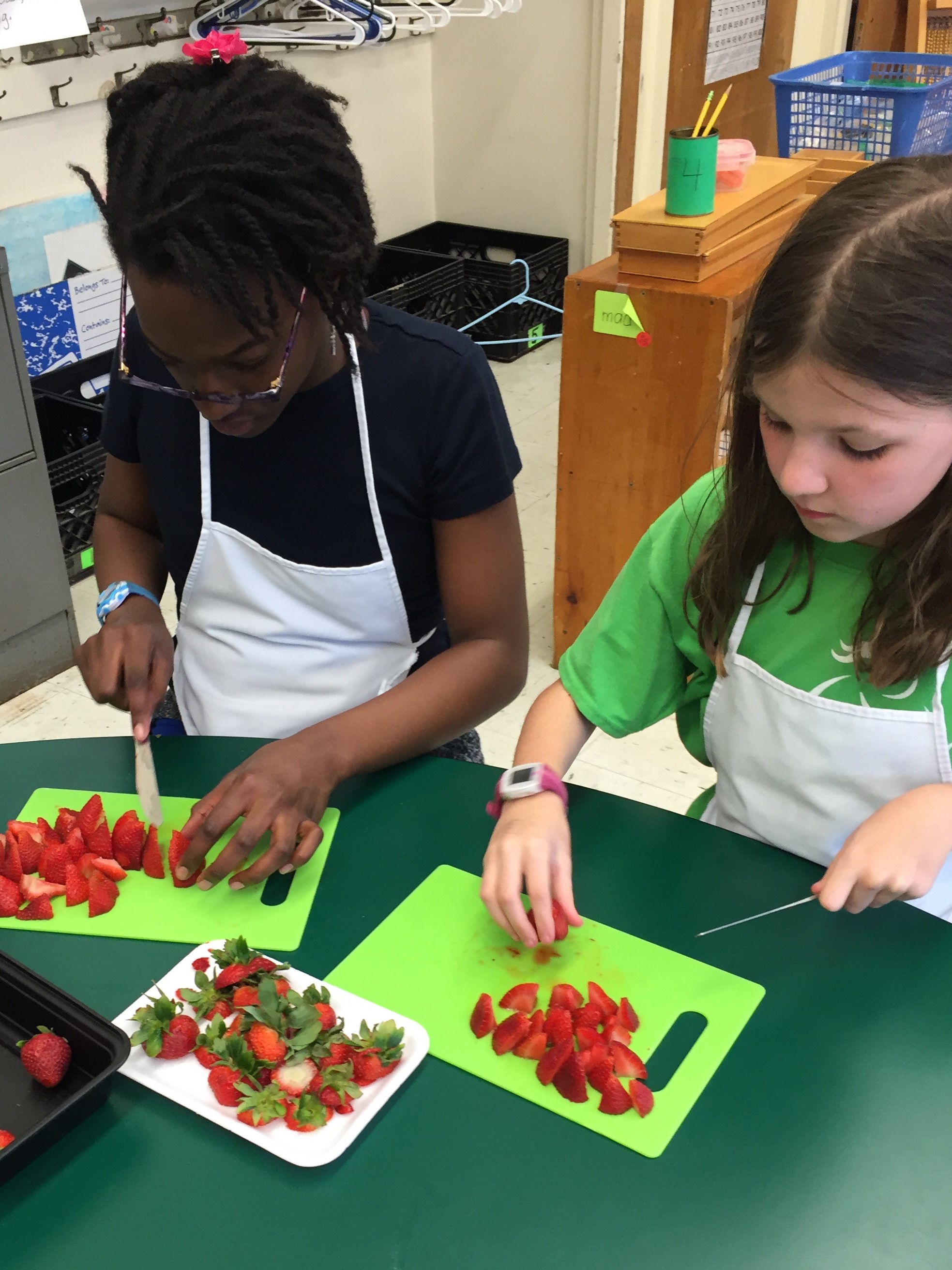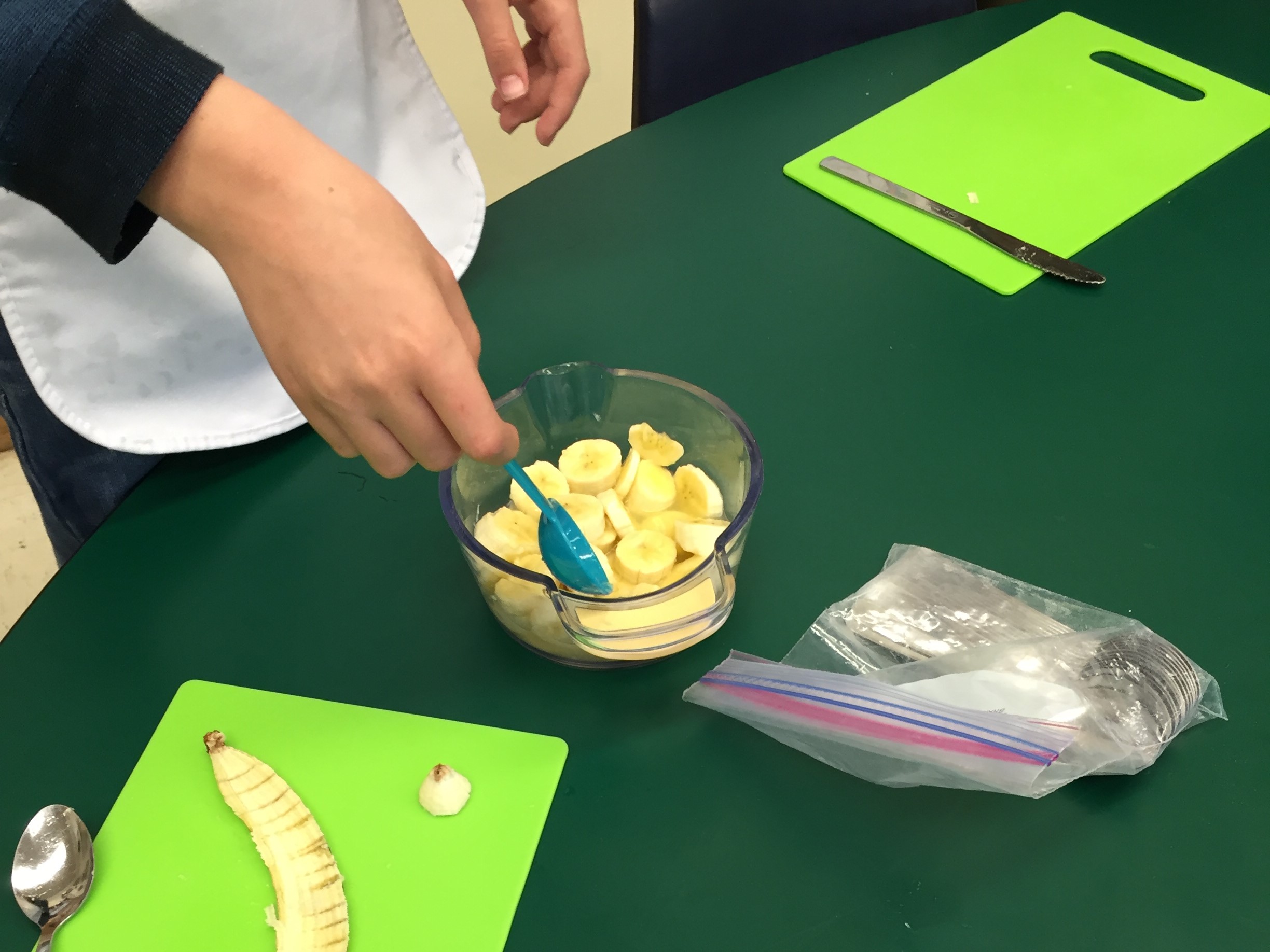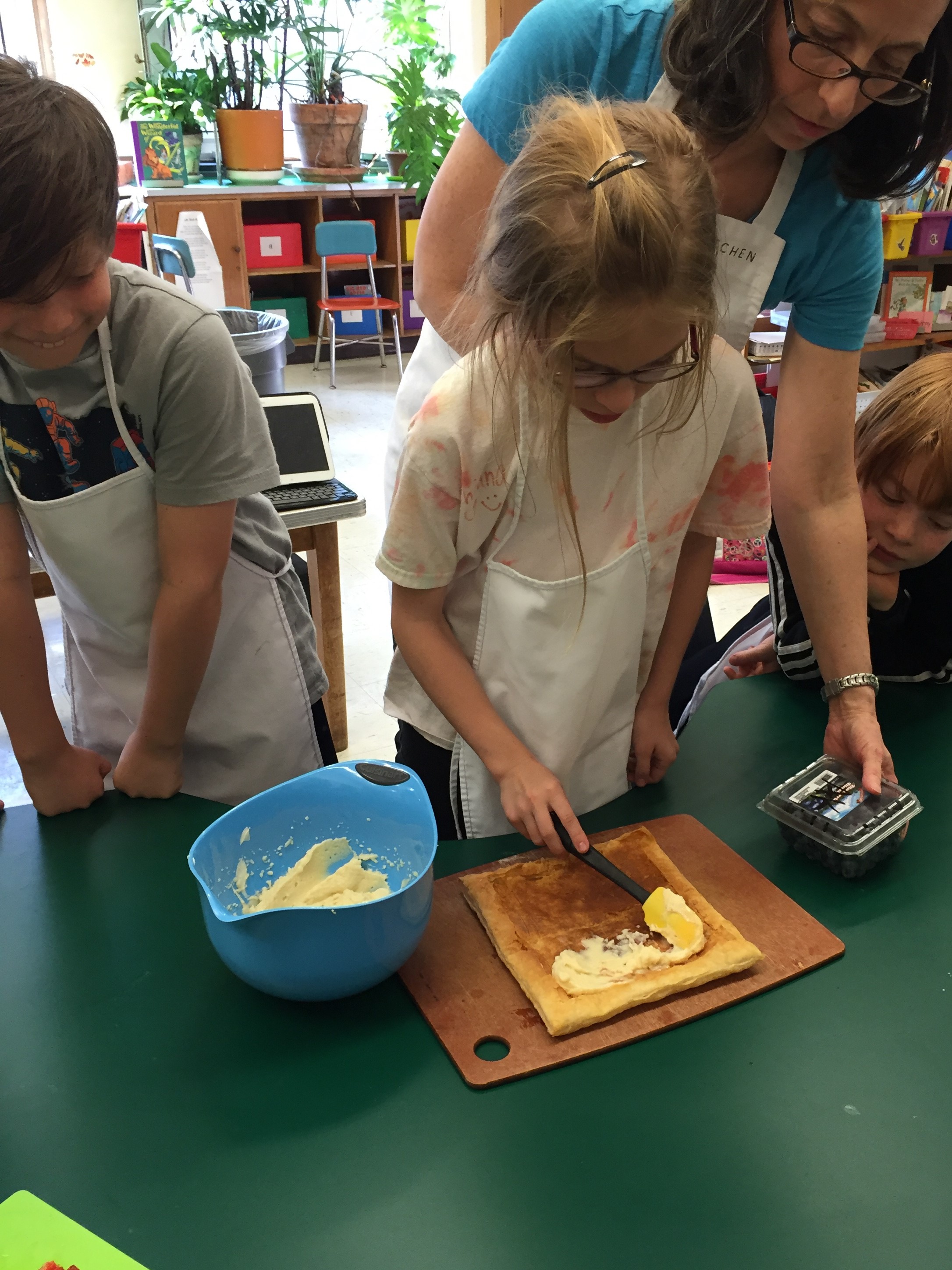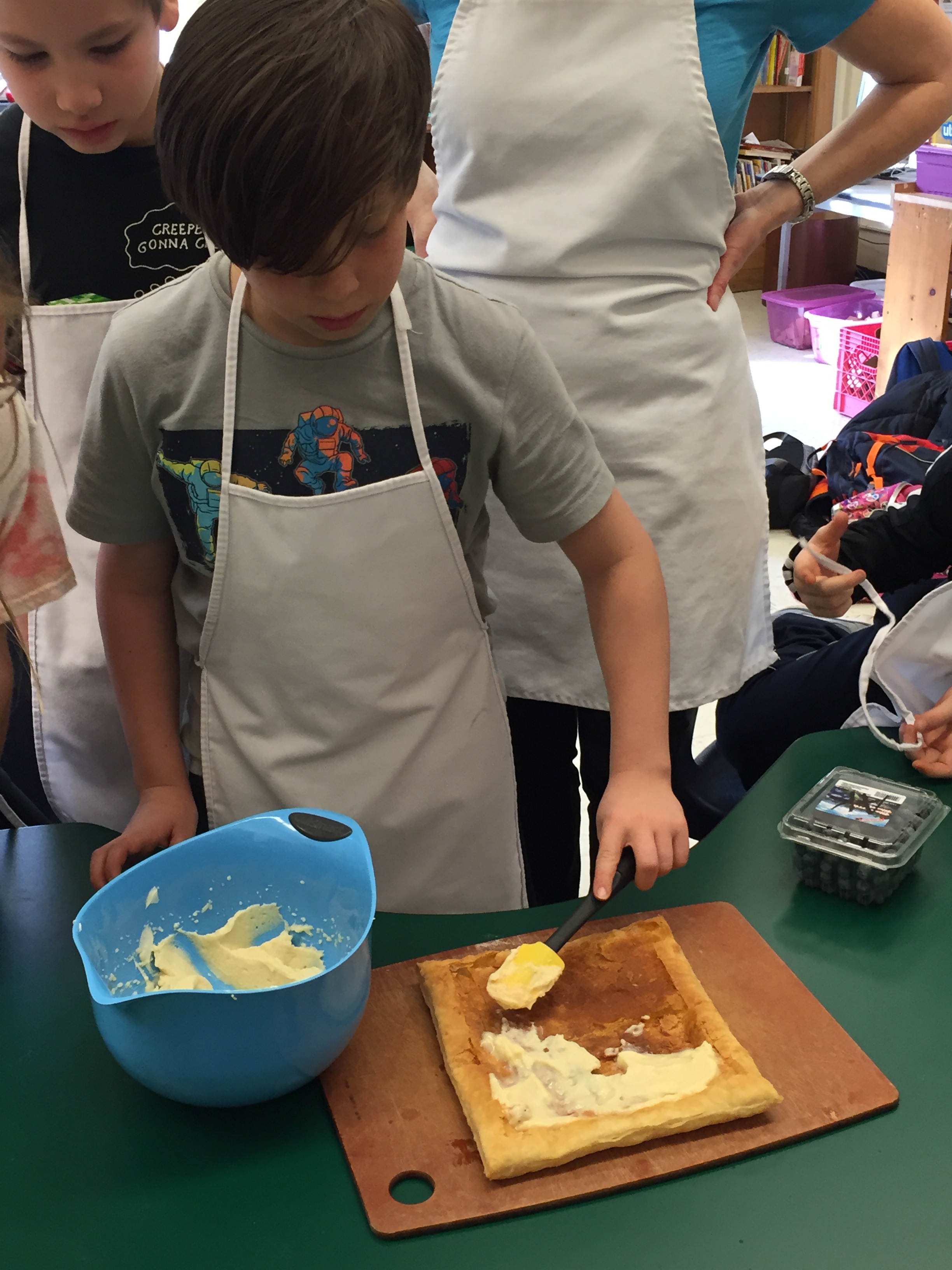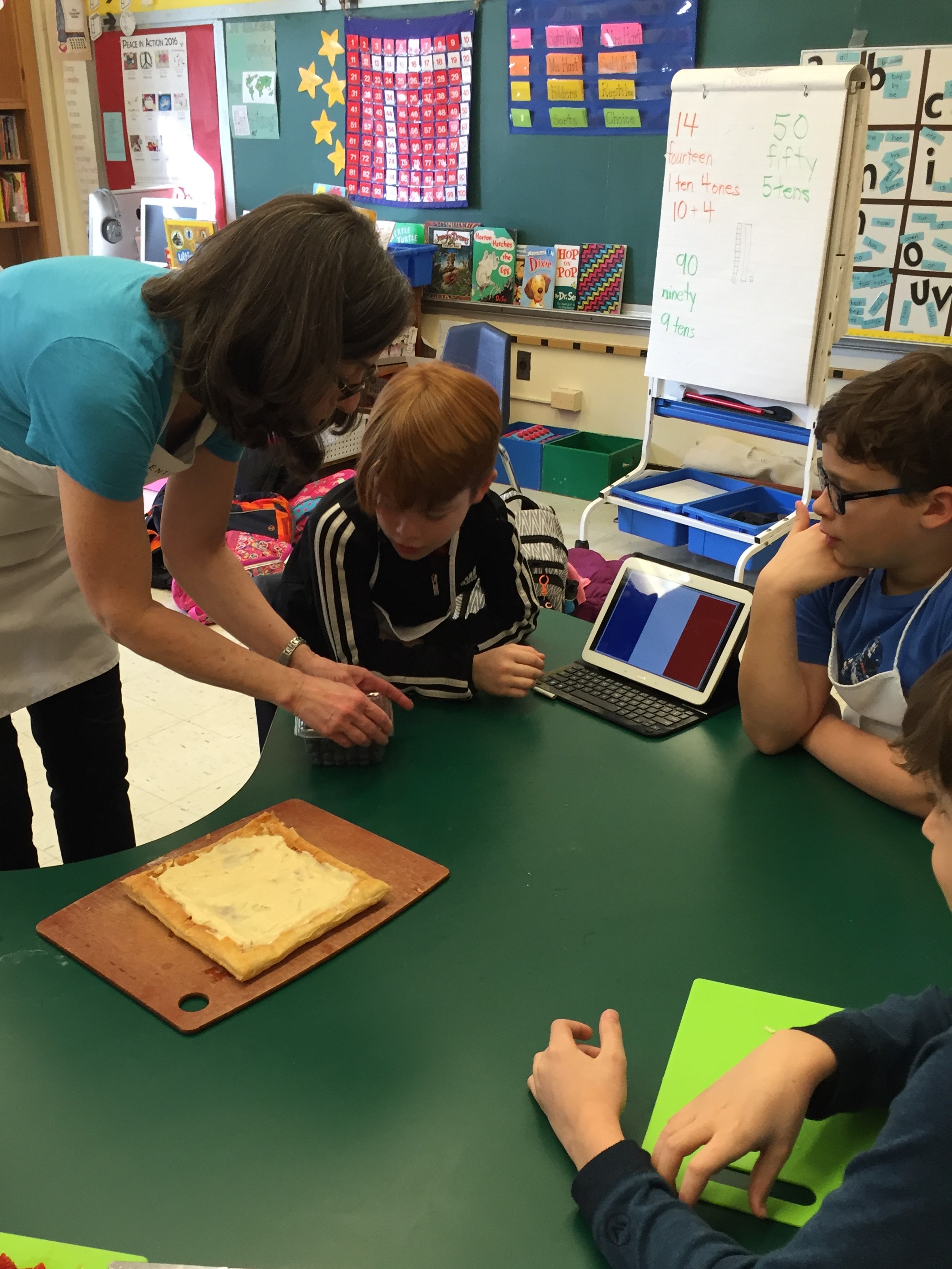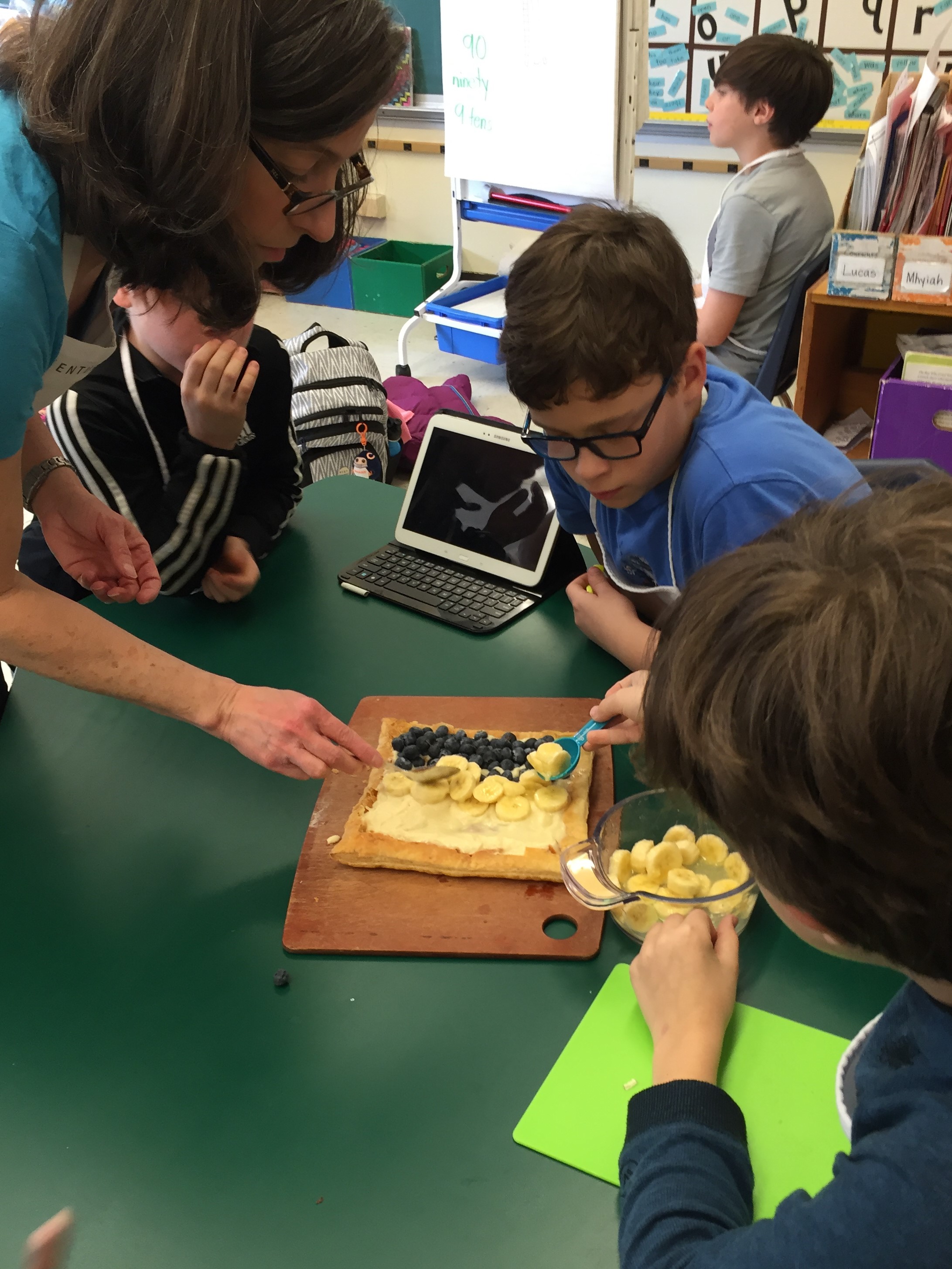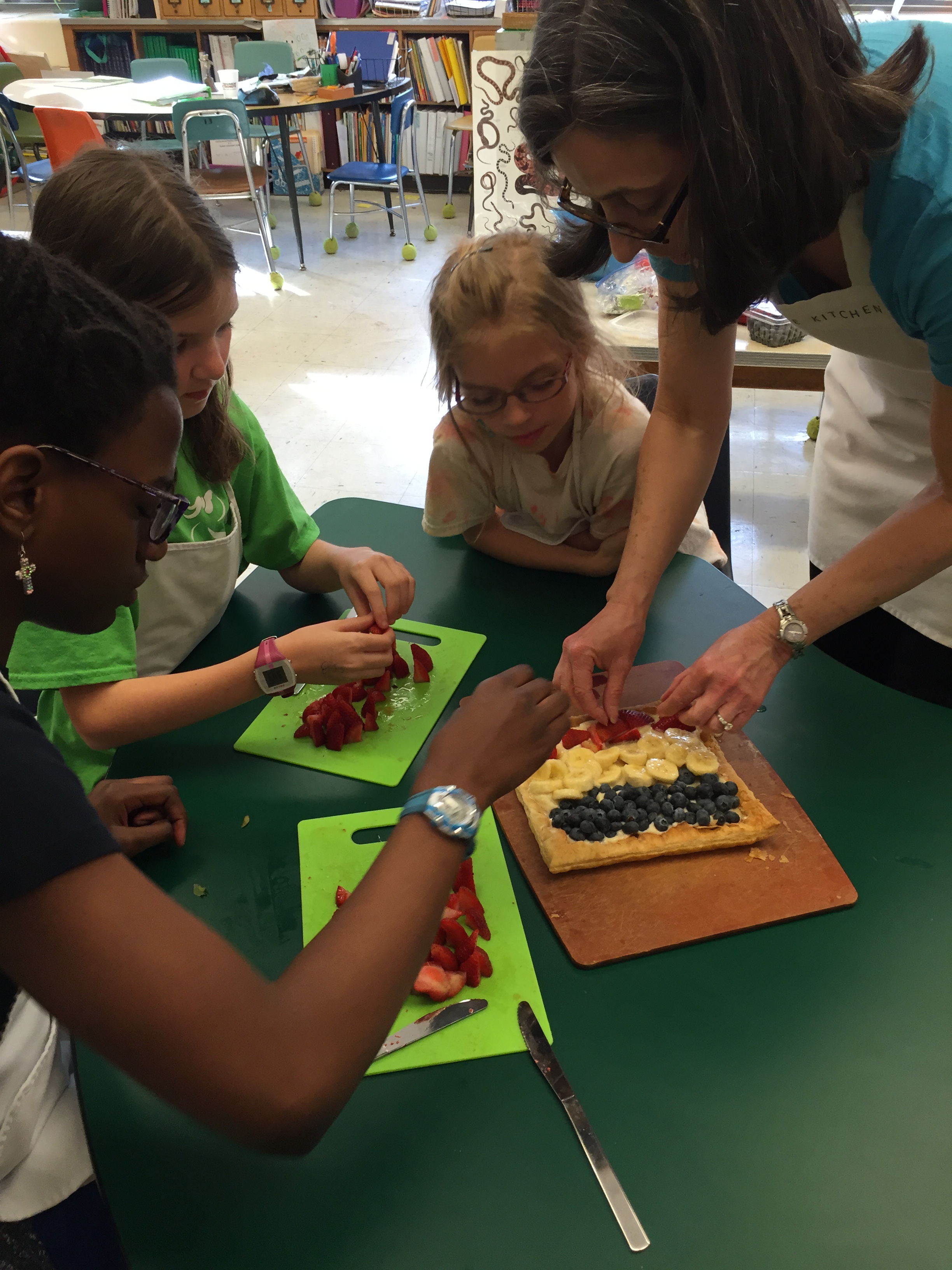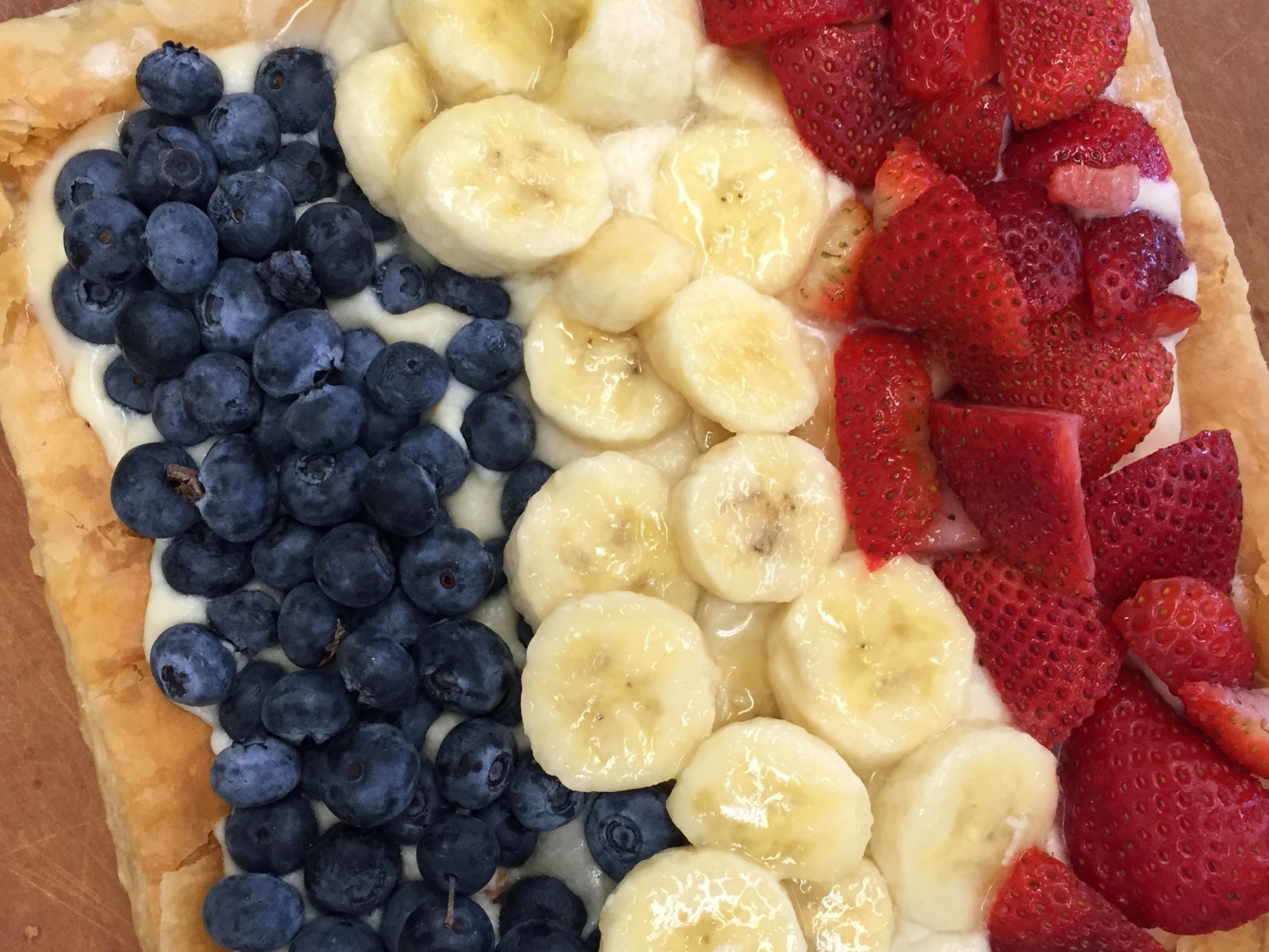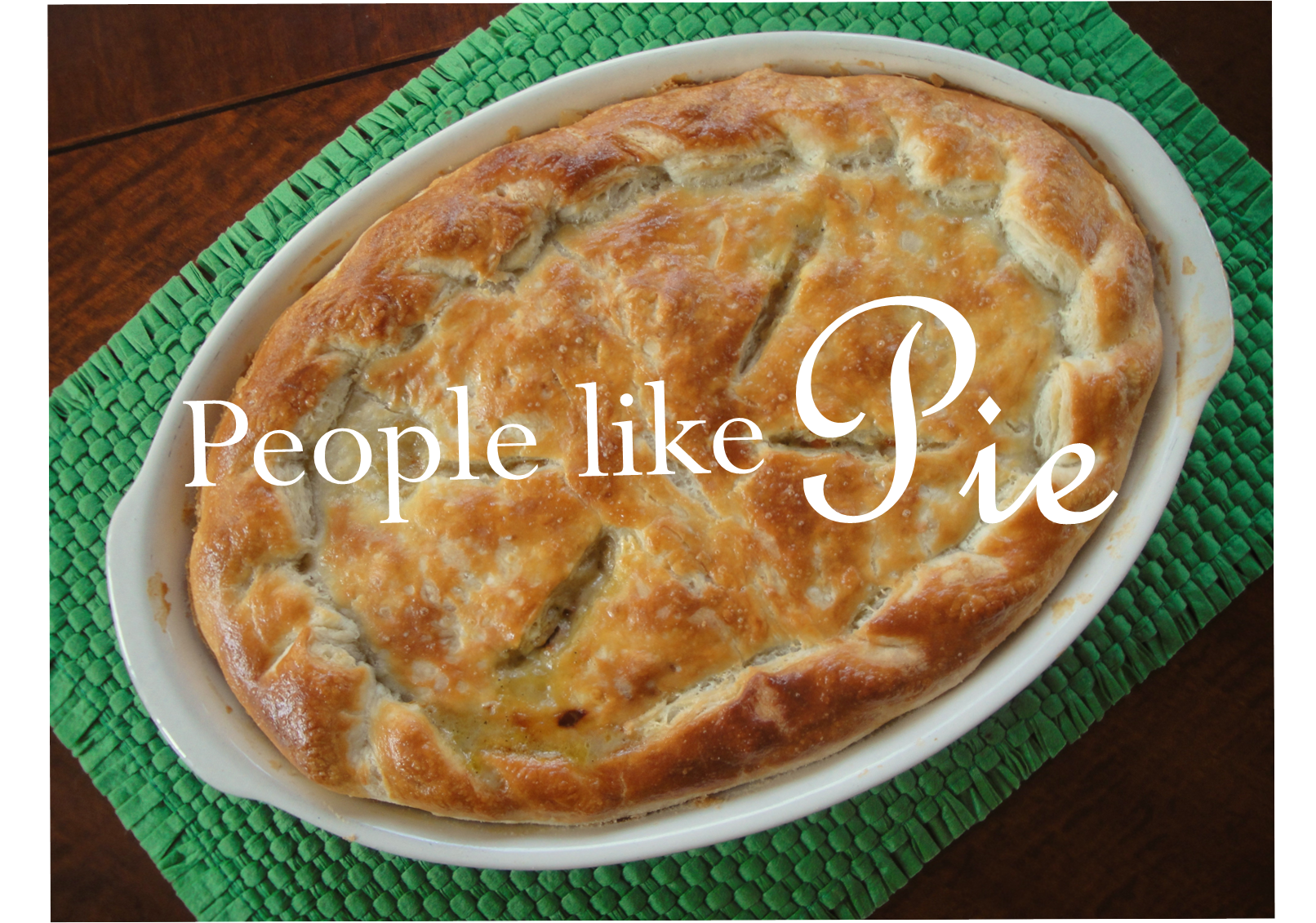
Week 7 - Time for a Renaissance
Ready for a Rebirth
We've spent the last few weeks recalling savory Medieval pies filled with eggs, meat and poultry. The food of Joan of Arc's France, the Berbers in Morocco, and the solid wooden tables of Medieval castles and cottages. Good, substantial food for hungry, hard working people. A warm comfort in the midst of a frigid winter. Exactly the right metaphor for a period we used to call the Dark Ages.
Springing Up
Crocuses popping up in my garden this morning.
Now as I write these words, our clocks are on the verge of springing forward. The calendar tells us spring is around the corner, and today's unseasonably warm weather tells me that in every way that counts, it's already arrived. How quickly we cast off our coats, roll down the windows and breathe in that fresh air full of new life. We linger outdoors, our ears filled with birdsong, noticing the emerging blossoms in the formerly frozen earth. Spring always seems a little miraculous to me. And it is the perfect time for a fresh fruit tart.
The Fruits of the Renaissance
How perfect it is that our tour of pies and their people takes us now to the Renaissance: a time of awakening, intellectual flowering, exploration and discovery. And a time, at long last, of fruit tarts. While the earliest fruit tarts may have been eaten in the late Middle Ages, tarts in that period were more likely to contain meat, vegetables or cheese. Beginning around the time of Shakespeare, fruit began to be included more regularly, at least among the aristocracy. And how fitting: fruit tarts are a bounty of new life, brimming with berries and fruits that bear the seeds of more fruits. The perfect dessert for the Renaissance, a word which means "rebirth." The classic French Fresh Fruit Tart we know and love these days, with its shortcrust shell and pastry cream base was a firmly established part of French cuisine by the early 1800s.
Two Takes on Tarts
Our two recipes this week take two different approaches to fruit tarts. In both cases we have a pastry bottom, a creamy vanilla base and fresh fruit on top.
Easy Puff Pastry Tart - we made this one in cooking class to resemble the French flag. Of course, you can use whatever fruits and berries you like, in any design you dream up!
Classic French Fresh Fruit Tart - made with a classic shortcrust pastry shell, French vanilla cream and fresh fruits, brushed with an apricot glaze.
The Easy Puff Pastry Tart is the perfect entry point for beginner cooks: after pre-baking the pastry, you can whip the whole thing up in half an hour. For those who want to tackle the French classic, the Classic Fresh Fruit Tart is the real deal, made with a traditional Pâte Sablée crust and French Creme Patissiere, also known as Vanilla Pastry Cream.
Puff Pastry Tart Crust
Puff pastry out of the package
For the Easy Puff Pastry Tart, we use frozen puff pastry rather than making our own. Puff pastry is much more time-consuming and complicated to make than Pate Brisee, and good quality frozen puff pastry is available everywhere. We use the brand DuFour, which is made with very few ingredients, just like the real thing.
Thaw frozen puff pastry overnight in the refrigerator, then remove it from the package and gently unfold it. Roll it with very gentle pressure just to eliminate the lumpy fold marks.
Puff pastry unfolded
Has been very gently rolled just to eliminate the lumpiness around the fold marks.
When using puff pastry to make a tart, you'll want a nice pastry border. So before baking, score the pastry with a sharp paring knife to cut through just the top layers of pastry and enable a border to emerge during cooking. Instead of pressing down with the knife, just drag it along in a straight line and let the weight of the knife do the work. Then, prick the center portion with the tines of a fork to allow some steam to escape during cooking.
After baking, the pastry will be significantly puffed up. Use a fork to press the middle section down, allowing the border to stay elevated.
Classic Pate Sablee Tart Crust
For the Classic Fresh Fruit Tart, the tart crust is made from Pâte Sablée, a sweet, crumbly shortcrust reminiscent of cookie dough. Because of this cookie dough-like quality, it's quite a bit different to work with than the Pâte Brisée we've been using in this class in previous weeks.
Roll Pâte Sablée between two sheets of wax paper to prevent it from sticking. When it's time to transfer it to the tart pan, refrigerate it and read the instructions in the recipe carefully. Keeping it cold will make it much easier to work with.
Roll Pâte Sablée between two sheets of wax paper to prevent sticking.
Pâte Sablée in the tart pan.
Mending torn pieces by pressing extra scraps into the pastry.
Once it's in the tart pan, you may have some tears and thin spots. You can simply press the scraps into the pastry to repair it. Again, if it gets difficult to work with, pop it into the refrigerator for a rest, then try again.
Baking Notes
All the baking is done before the tart is filled, so you're going to pre-bake the crust just like we did with the quiche recipes here and here. I use dried beans as weights (don't use them for cooking afterwards, but you can save them for future pies). Or, you can buy special ceramic pie weights to use instead.
During baking, I usually find that the sides brown more quickly than the bottom. If this happens to you, take the crust out of the oven and cover the sides with foil (see the picture). Pop it back into the oven and the bottom will continue to cook while the sides are protected from further browning.
Lined with parchment and filled with beans for pre-baking.
Cover the edges with foil if they brown faster than the rest of the shell.
Because of the high sugar content in this pastry, it will go from perfectly done to burnt quite fast. Check it often during cooking and remove it when it is uniformly turning the barest shade of gold.
Whichever tart you decide to tackle, take a moment to revel in the fruits of the season. Happy (almost) spring!
Recipes
Easy Puff Pastry Tart made in the Adventure Kitchen.
A very simple tart that is stunningly beautiful and delicious.
Classic Fresh Fruit Tart made in the Adventure Kitchen.
As seen in French bakeries everywhere, this classic tart is as delicious as it is gorgeous.
Next lesson: Cornish Pasties
Pictures From Cooking Class
I was once honored to bring all this sophisticated deliciousness to local public school children. Check out the pictures from these cooking classes below.
Bullock School, Montclair NJ
Coming soon...
Public School, Montclair NJ

